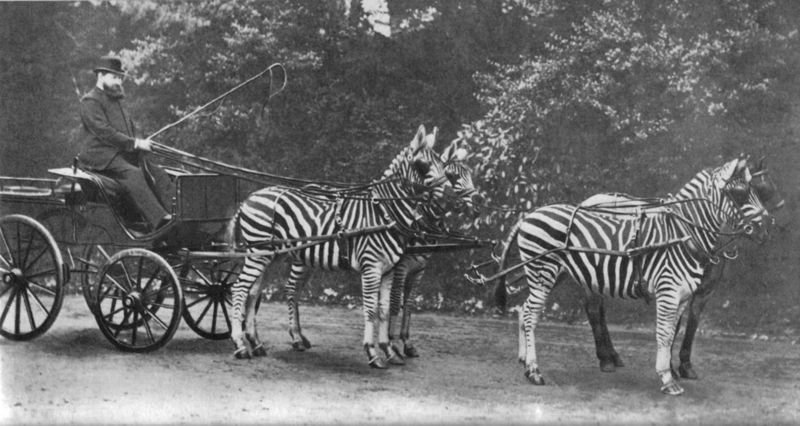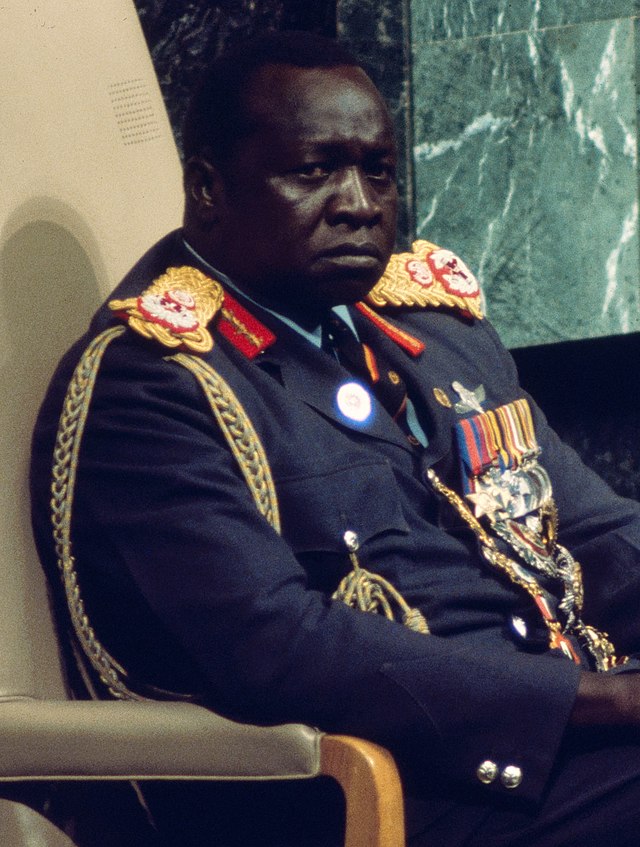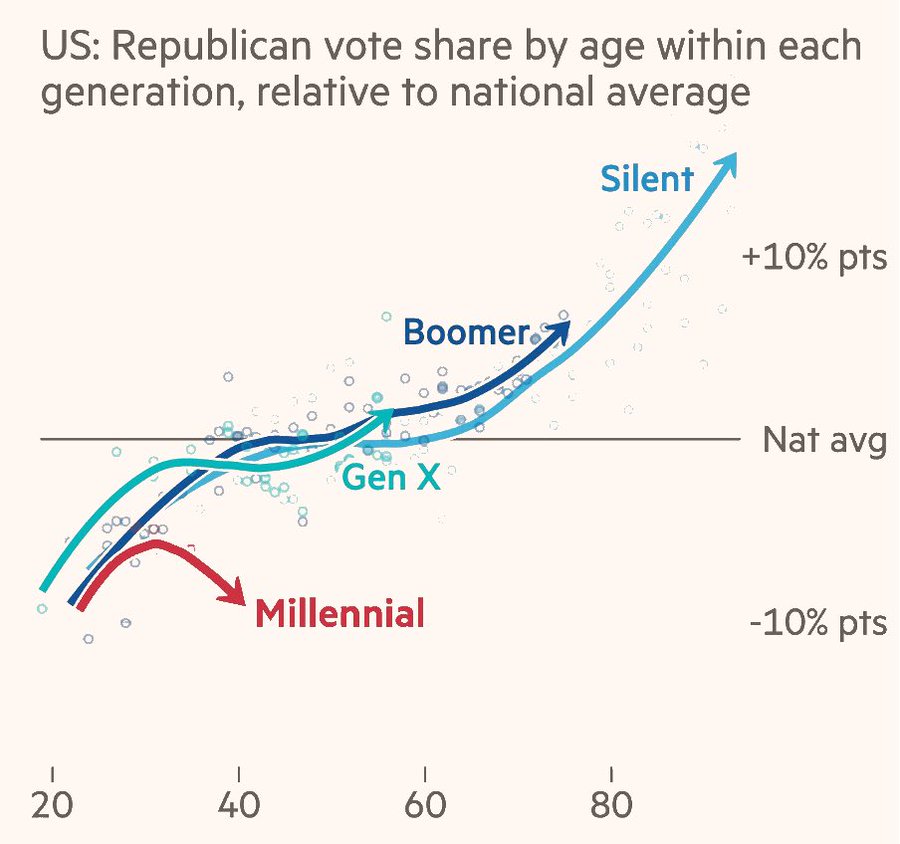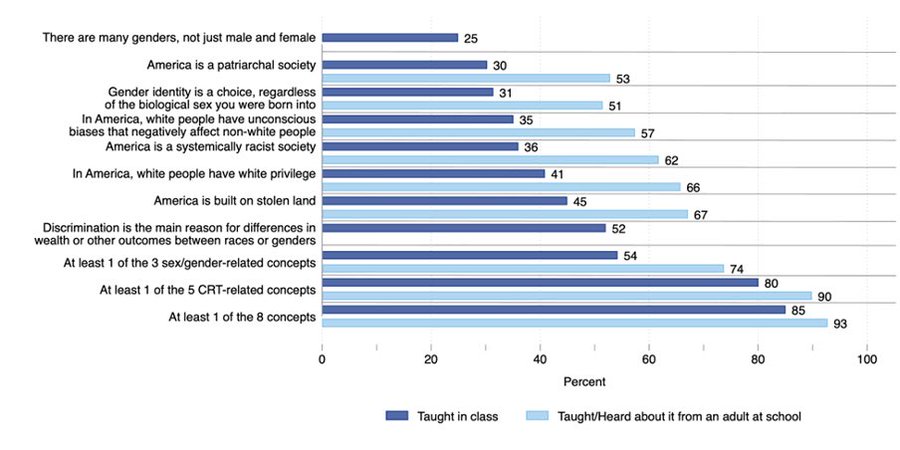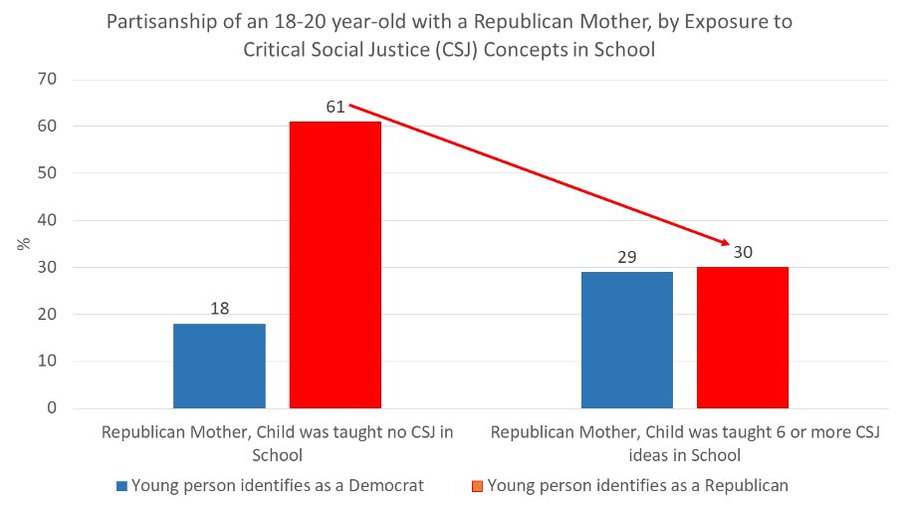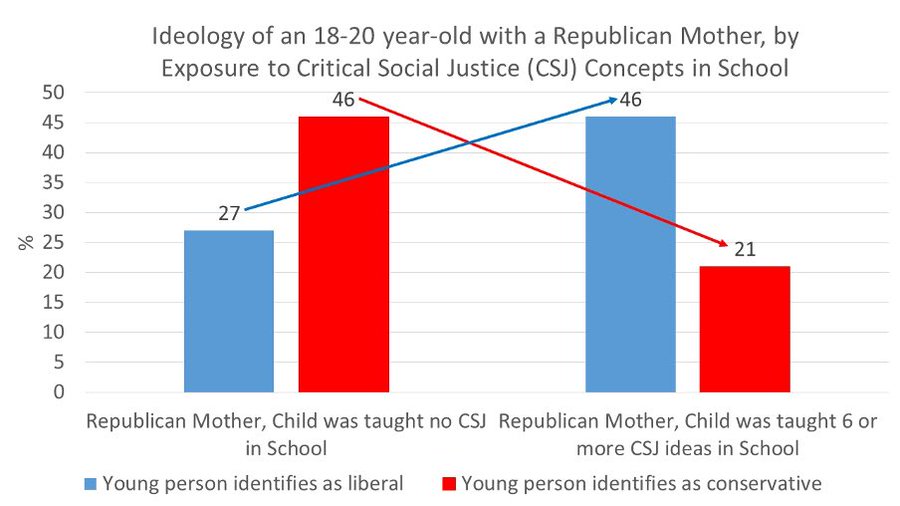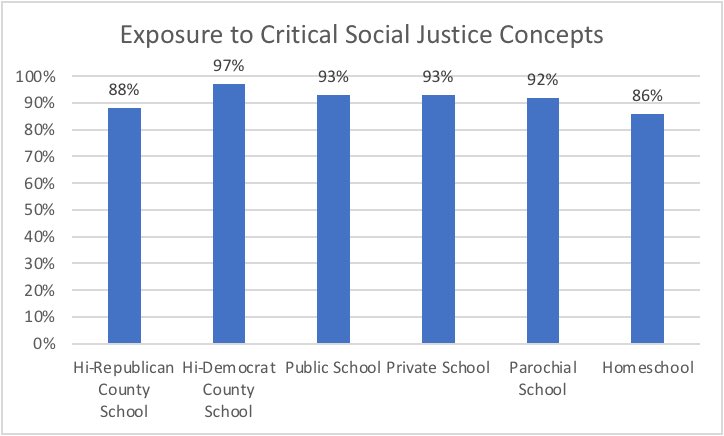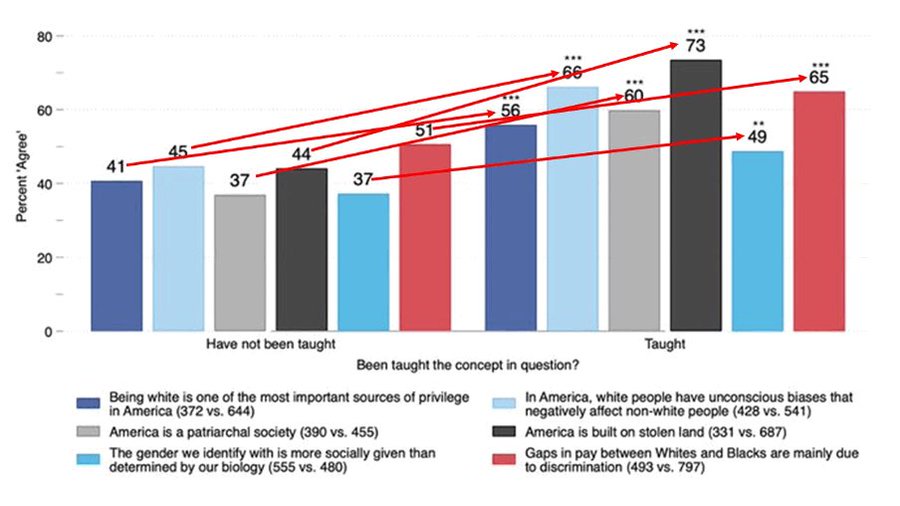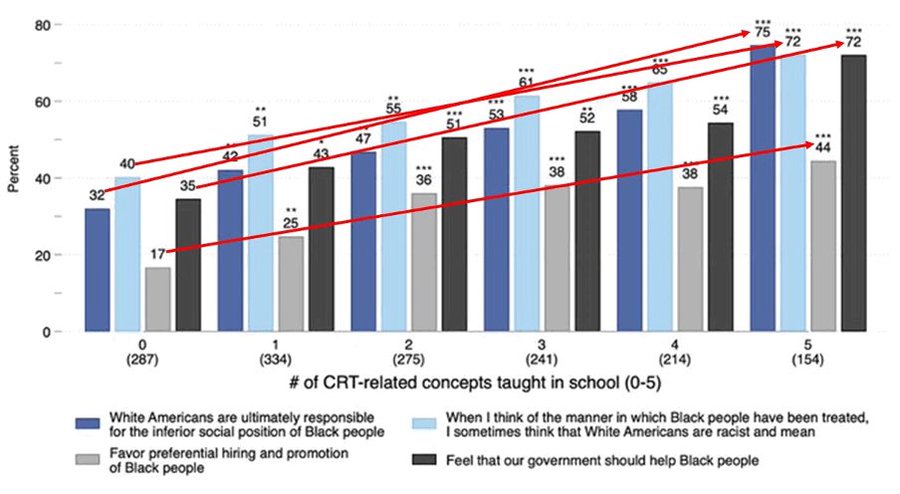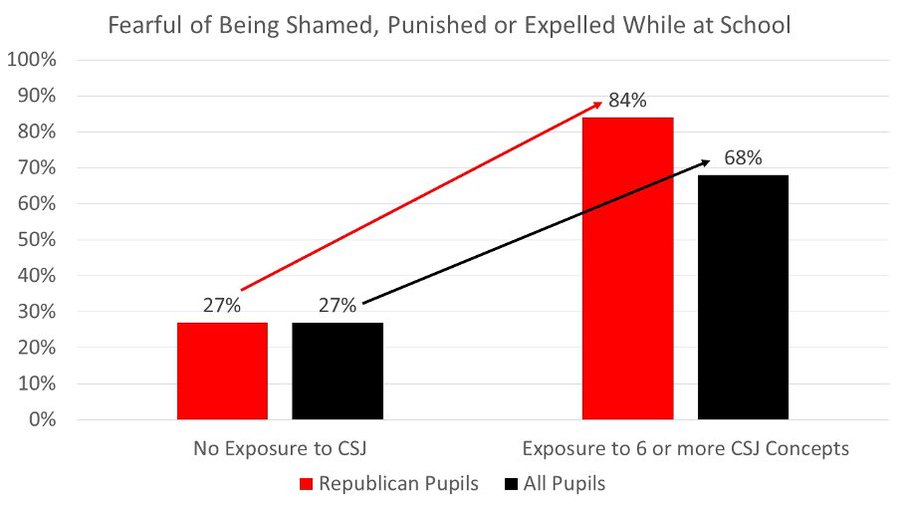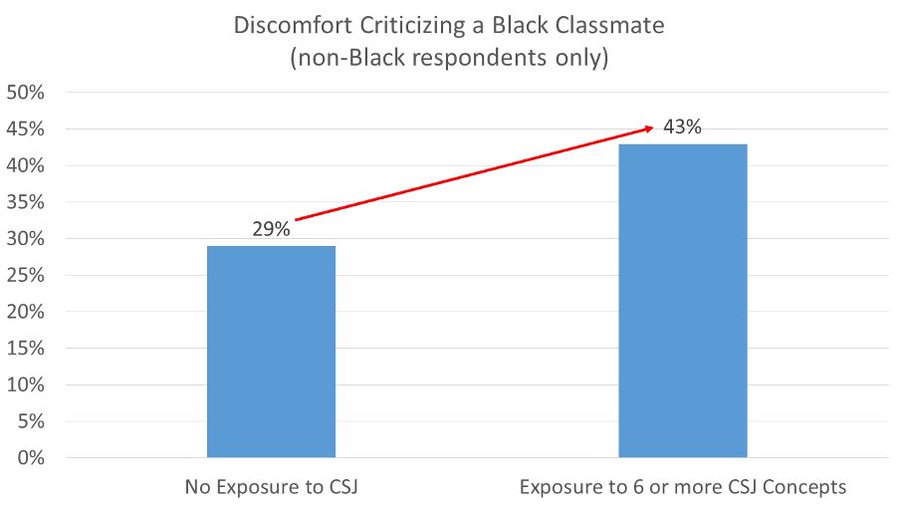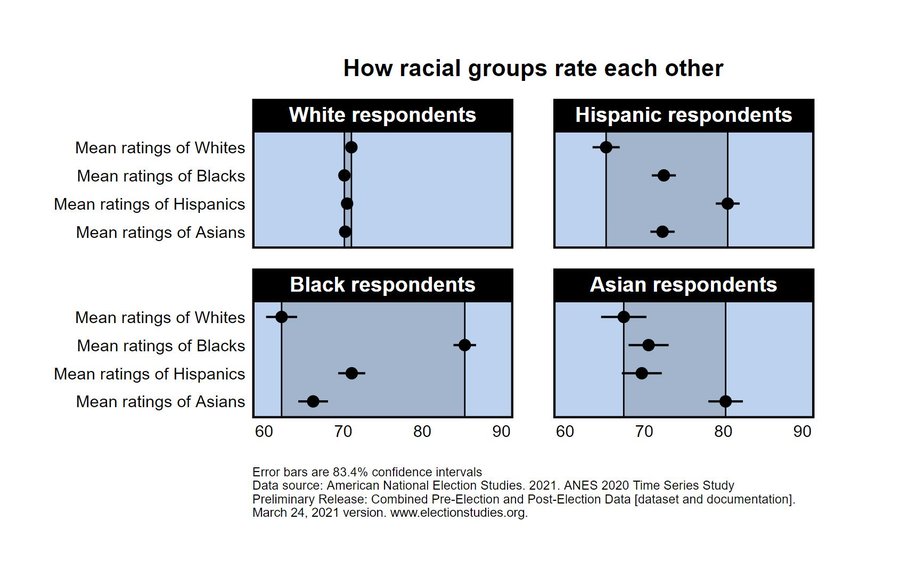Are young Black men victimised by society or is society victimised by young Black men? Specifically, do the police have it in for young Black men or do young Black men have it in for the police? For more than twenty years it has been the settled opinion of the British police that it is society and especially they, the police, who are at fault. This was illustrated by a press release produced by the Chief Constable of Avon and Somerset in June 2023.[1]
Before we come to the press release, consider the following points from Britain’s racial history. The first crime to be reported as a mugging occurred in 1972 when an elderly widower was stabbed to death near Waterloo Station by three young Black men as he walked home from the theatre.[2] They had tried to rob him; he had resisted.
It has been consistently stated over the decades that eighty per cent of London’s muggings are carried out by Black people, which makes a Black person about fifty times as likely to carry out a mugging as anybody else.[3] In 1973, 1,500 such crimes were reported in London;[4] by 1995 the number was 33,000. But reported muggings are a fraction of the total. It seems that in 1981 a certain Black twelve-year-old might have carried out a mugging every day.[5] If so and if London contained 500 boys like him, this would mean more than 175,000 muggings for the city in the year.
Not just that first one but many other muggings have been fatal. For example, in 1993 Constance Brown, 72, was knocked to the ground in South London by a young Black man who smashed her head against the pavement before running off with her handbag. Elizabeth Pinhom, 96, died in hospital in 1997 after being pulled down the front steps of her house when she opened the door to a young Black man, who went off with her bag.[6]
It was in 1970 that young Black men started attacking the police, according to an activist from Trinidad, who wrote that skirmishes and violent confrontations continued throughout the decade.[7] Young Black men first used knives against the police at the Notting Hill carnival in 1976.[8]
The activist, Darcus Howe, was a great admirer of the Brixton riots, where in 1981 young Black men threw petrol bombs at the police and set fire to buildings and vehicles. Howe described the riots as different “in range and depth from previous revolts waged by blacks against the police. This general uprising”, he continued, “stands head and shoulders above all that had gone before”.[9] In another riot, in Tottenham, North London in 1985, a policeman was hacked to death by young Black men with machetes.[10]
Black people had no legitimate grievance against the police on either occasion. The Brixton riots followed a crackdown on street crime. The Tottenham riot started after a woman died of a heart attack when the police came to see her about her son, who had given a false name when found in a car with a fake road licence.
During the 1990s the war on the police was conducted mainly through the media, who aired activists’ portrayal of them as, of course, “racist”. The activist-media alliance met with nothing but success, winning a decisive triumph in 1999 when a retired High-Court judge, Sir William Macpherson, described the police as institutionally racist, a conclusion he reached via a definition that allowed any institution to be described as institutionally racist. Although the police presumably saw the trick, they were prevailed upon to submit, after which they came effectively under the control of anti-racists and rapidly became anti-racist themselves. For example, in 2000 a Deputy Assistant Commissioner boasted that he had reduced the number of young Black men stopped and searched by almost forty per cent in the previous year,[11] during which muggings went up by two thirds.[12]
But it would be more accurate to say that the police became more anti-racist after 1999, for they had started on the road of anti-racism long before. In 1981, a report on the Brixton riots by Lord Scarman, a Law Lord, insistently called on the police to go easy on Black crime.[13] As a result, within ten years they were allowing open drug dealing on the street.[14] Scarman also called on the police to recruit more non-White officers, which led them to lower their admission standards for non-Whites, who enjoyed special treatment once they were in.[15] In 1996 they offered sub-standard young Black men a free ten-week course to help them pass the recruitment tests.[16] In 1998 they launched a scheme to “attract, develop and retain minority ethnic recruits, particularly at a senior level”.[17] As early as 1970, when a workman told the police that children were stealing from his lorry and throwing bricks through people’s windows, he was told that there was nothing they could do because the children were Black.[18]
Confirmed anti-racists by 1999, the police have been upending their traditional values ever since, a process of inversion seen also in every other British institution. This has been accomplished by means of political correctness, of which, if one sees it as a collection of ideologies, anti-racism is the leading one.
So there is nothing new or unusual about the self-hating press release we are about to look at. It is just the sort of thing one expects from the British police, who, after spending twenty years being attacked and accused by Black criminals and anti-racists, have spent twenty more trying to be their friends.
Entitled “Chief Constable Sarah Crew on Institutional Racism”, the document is typical of political correctness in being vague, evasive and inclined to presume what is far from obvious. It fails to define its terms and uses jargon not just to create an impression of expertise but also to defy comprehension. It treats Black people as members of a semi-royal class, not calling them Black people, an expression with only three syllables, but showing its extreme respect by calling them “those who are from Black heritage communities”.
According to Sarah Crew, she intends to make her force anti-racist. What does this mean? Pro-Black.
She mentions a report about disproportionality in her county’s criminal justice system. What is disproportionality? This refers to the fact that the criminal justice system deals with Black people out of all proportion to their numbers in the population, which, according to anti-racism, means that there is something wrong with it. According to anti-racism, the races are the same, therefore no system should deal with one at a higher rate than with another.
Sarah Crew describes a review of the Metropolitan Police as a “stark reminder for policing … that the need for real and profound change is essential if we’re to retain the public’s trust and confidence”. This combines illiteracy with presumption, vagueness and anti-racist code. Presumably it is change rather than the need for it that she deems essential, but why is it needed if the police have the public’s trust and confidence? She means “gain” rather than “retain”. Why does she describe the review as a reminder? Did the police know that real and profound change was needed? Nor does she say what this real and profound change must be. Had she wished to make herself clear, she might have said that the police must look the other way when Black people commit crimes, thereby reducing the disproportionality.
As for “the public’s trust and confidence”, this is a stock phrase that requires translation. “The public” doesn’t mean the public here but the Black public, whose trust and confidence the police are supposed to have forfeited by their “racism”. This is an anti-racist pretence, for the police didn’t have Black people’s trust or confidence to start with. The police adopt the pretence so as to appear to admit to their imaginary guilt. Nor does “trust and confidence” mean trust and confidence; it means approval. The police seek the approval of Black people, specifically criminals, who want them to keep away from their crimes. This the police will never be able to do entirely, for there are times, such as when a murder is committed, when they are expected to get involved. Thus they must perpetually try to please their masters, knowing that they will never quite succeed.
Sarah Crew reports that she has had “encouraging conversations … around institutional racism”. That’s nice, but what is institutional racism? You might think that it would be pervasive racial discrimination in an institution, but Sir William Macpherson defined it as in effect any lack of pro-Black discrimination. Sarah Crew, however, has no doubt that it exists at Avon and Somerset, going by four criteria given by Baroness Casey, which she lists. But Baroness Casey’s criteria are meaningless for she does not define racism, in terms of which she defines institutional racism. Is racism a sentiment, such as aversion to immigration, or an empirical belief, such as that Black people are prone to crime? Is it an act performed by an agent of an institution, such as treating people differently by race, or indeed failing to treat them differently by race? Baroness Casey gives no clue even as to which ballpark her concept might be in.
But “I must accept that the definition fits”, says Sarah Crew, referring to Baroness Casey’s definition of institutional racism. In what way does she think it fits? Even if we imagine that she knows what Baroness Casey means by racism and hence by institutional racism, what took her to her conclusion? For example, if she thinks that Baroness Casey’s third criterion fits, which is that “Racism and racial bias are reinforced within systems”, where does she see racism and racial bias being reinforced at Avon and Somerset? Could she give us some examples? Apparently not.
Baroness Casey’s fourth criterion is that a police force “under-protects and over-polices Black heritage people”. This was a popular slogan with anti-racists in the 1980s, but, again, what does it mean? What are the police failing to protect Black people from that they are protecting others from, and if over-policing Black people means paying too much attention to their crimes, how much attention should be paid to them?
“This”, writes Sarah Crew, “is about recognising the structural and institutional barriers that exist and which put people at a disadvantage”. What structural and institutional barriers? She doesn’t say.
She states that “Not being racist is no longer good enough” but doesn’t explain why not. Surely if all her officers refrained from being racist, whatever that might mean, there would be no racism in her force and all would be well. But she thinks that not doing something means standing by while others do it, who should be pounced on: “It is no longer okay to be a bystander and do nothing, to be part of a system that disadvantages one group of people over another”. What she means is that one must be not merely non-racist but anti-racist. One must identify an enemy class, putting oneself on the side of good, and have an ideology that requires non-Whites to be given special treatment.
What does she mean by one group being disadvantaged over another? It’s the disproportionality again. Black people commit crimes at a higher rate than others, therefore they get convicted at a higher rate, therefore they go to prison at a higher rate, therefore they are disadvantaged.
Why must Sarah Crew always speak of the “system” rather than the level at which things actually happen, the level of the individual? It’s because there is no “racism” at the level of the individual. It can only be found in the statistics, which can tell us about “the system”. Or, it is the system that must be transformed, therefore it is in the system that racism must be found.
Apparently she isn’t interested in criminals and their wrongdoing; she is interested in the police and their wrongdoing. This is what attracted her to the job, she says: “the fight against injustice and unfairness”. It’s about “a recognition that the system is unfair, and our job is to make it fair”. She doesn’t say how it is “unfair”, but we can guess. It’s the disproportionality.
She wants to apologise. “Accept it and say sorry” is her policy, and again: “What we can do is say … we’re sorry”. She doesn’t say what she wants to say sorry for or to whom. Presumably it’s to Black people, for the disproportionality again. She wants to apologise to all those who have been convicted of crimes that a better system would have overlooked to make itself more proportional.
She repeats her reference to the “trust and confidence of our communities”, seeming to think that it is because this is lacking that more Black people don’t report crimes committed against them. She has had enough of Black people as offenders; she wants Black victims. We read the heading: “Supporting Black heritage victims of crime”. She’s not bothered about protecting anyone else from crime.
She doesn’t want the police to transform themselves alone. She wants Black people to take part so that “communities [will be] involved in changing our systems”. It’s not enough for her that Black people, through their activists, largely control the police already. She wants them to have more control.
It’s the same with complaints made against the police. Presumably she gets plenty already, but she wants more, so she is “working on a programme … to support young people in understanding … what to do if they feel a police power is not being used legitimately”. This recalls the case of Sarah Everard, a young woman who was killed by an off-duty policeman in 2021. United behind the idea that all men are mortally dangerous, especially policemen, feminists were obliged when the police encouraged women to question the legitimacy of a policeman who might question them.[19] He might be a murderer like Wayne Couzens. The guilt-addicted police welcome anyone who might accuse or suspect them of wrongdoing.
She mentions a scheme that allows people to “avoid a criminal justice outcome for low-level or first-time offences”. The trouble is, she says, that disposing of a matter out of court requires an admission of guilt, “which research has shown can be a barrier to young men of Black heritage”. In other words, young Black men rarely admit they have offended, which leads to “harsher and disproportionate criminal justice outcomes”. So it is hard to see how the scheme is going to work unless the police avoid all contact with these offenders.
She mentions “cultural trauma”, a concept that is just catching on. When Edward Kemp, director of the Royal Academy of Dramatic Art, confessed to the academy’s “institutional racism” in 2020, he wrote: “We are profoundly sorry for the role we have played in the traumatic and oppressive experiences of our current and past Black students”.[20] The following year, Goldsmith’s, part of the University of London, proposed to narrow the “achievement gap” between Black students and others by allowing Black students extra time to finish their assignments. They would also be able to defer their exams if they had suffered “racial trauma”, it being up to them to say whether they had or not.[21] Neither Kemp nor Goldsmith’s said what racial trauma was, and nor does Sarah Crew, which is not surprising since the term’s only purpose is to give White people something new to accuse themselves of inflicting on Black people, who can use it as yet another excuse for their failures or offences. But Sarah Crew’s force is “committed to becoming a ‘Trauma Informed’ organisation”.
And so in nothing but repulsive English Sarah Crew bows and scrapes to Black people, conceals her meaning, assumes that we already accept what she wants us to accept, talks vaguely about “the system” but never about what is actually done, and uses meaningless slogans and undefined terms left and right. As she goes, she not only puts on a display of institutional self-abasement that would make a statue cringe, but presents herself as noble. Her aim in all this is to persuade us that the police and the rest of the criminal justice system mistreat Black people but might redeem themselves by turning a blind eye to their crimes.
It is to this level of sycophancy, dishonesty and desertion of principle that the police were reduced by anti-racism more than twenty years ago, when the last memory of their original job of preventing and detecting crime without regard to race began to fade. Since then, race has been all-important. “Was this crime committed by someone White? Then let’s get him! Someone Black? Ignore it!” This is the thinking that was pressed on the police throughout the 1980s and ‘90s by anti-racists, aided by the occasional Law Lord or retired High-Court judge, which in this century became the police’s second nature. It is second nature to Sarah Crew, it was second nature to whoever made her a Chief Constable, and it is presumably second nature to all our other Chief Constables. These are the sort of people who like to think, even as they bestow one favour after another on young Black men, that our society and especially they in the police have it in for young Black men.
[1] Avon and Somerset Police, June 16th 2023, “Chief Constable Sarah Crew on Institutional Racism”, https://www.avonandsomerset.police.uk/news/2023/06/chief-constable-sarah-crew-on-institutional-racism/.
[2] Stuart Hall et al., 1978, Policing the Crisis: Mugging, the State, and Law and Order, Basingstoke: Macmillan, p. 3.
[3] In 1975 a march was held under the slogan “Stop The Muggers. 80% of muggers are Black. 85% of victims are White” (Paul Gilroy, 1987, There Ain’t No Black in the Union Jack, London: Routledge, p. 120). Twenty years later, Paul Condon as Metropolitan Police Commissioner stated in a letter to prominent Black figures such as Diane Abbott MP that eighty per cent of London’s muggers were Black. He invited them to a meeting where their support would be requested for a planned drive against the crime. Several recipients, including Diane Abbott, declined to attend the meeting. One passed the letter to the media, who quoted activists condemning Condon for saying that Black people committed so much crime. The police were out to get them; the statement was a licence for racists, and so forth. What all this did, as intended, was encouraged the idea that mugging was not the problem; the problem was that someone had said that it was mostly the work of young Black men. See Independent, Aug. 4th 1995, “Mugging: criminal or political offence?”, https://www.independent.co.uk/news/uk/mugging-criminal-or-political-offence-1594666.html.
[4] In 1973 the headline appeared: “Muggings reach four a day in London” (Hall et al 1978, op. cit., p. 8).
[5] In his memoir of his days at a comprehensive school in London in the 1980s, John-Paul Flintoff writes that a Black classmate came in one day and gave him an empty wallet to look after. The next day he did the same. Flintoff does not tell us whether the pattern continued. See John-Paul Flintoff, 1998, Comp: A Survivor’s Tale, London: Indigo Orion, pp. 103-04.
[6] J.F.Cronin, no date (possibly 2000), “The forgotten victims”, Right Now magazine.
[7] Darcus Howe, 1988, From Bobby to Babylon: Blacks and the British Police, London: Race Today, p. 52.
[8] Paul Gilroy 1987, op. cit., p. 96 quotes the Telegraph.
[9] Howe 1988 op. cit., p. 52.
[10] Metropolitan Police, no date, “MPS Historical Timeline: Broadwater Farm Riot 1985”, http://www.met.police.uk/history/broadwater_farm.htm.
[11] This was John Grieve. See Metropolitan Police, Feb. 22nd 2000, “Press Conference Held Re the Anniversary of the Lawrence Inquiry Report”, http://tap.ccta.gov.uk/[…]/b3cb2697adf8d9e1802…OpenDocument.
[12] Muggings went up nineteen per cent in March 1999 alone (Telegraph, April 24th 1999, “Muggings soar as police tread softly”). Towards the end of June 2000 they were reported to have risen 38 per cent in the previous twelve months (Sunday Times, June 25th 2000, “Straw on rack as muggings soar”). This means, on reasonable assumptions about figures month by month, that for every 100 muggings in London at the end of February 1999 there were 178 fifteen months later.
[13] Lord Scarman deemed that the police’s duty to maintain public tranquillity trumped their duty to enforce the law (Lord Scarman, 1982 [1981], The Scarman Report: The Brixton Disorders, 10-12 April 1981, Harmondsworth: Pelican-Penguin, Paragraphs 4.57-4.58). Therefore if an attempt to enforce the law might not be received in a tranquil manner, they should not make the attempt. Secondly he advocated policing with the active consent of the public, which in a place like Brixton the police would never have (Scarman, Paragraph 5.46). Thirdly, he said that the police must exercise discretion, quoting a senior policeman saying that to believe in enforcing the law without concessions to any section of the community was too simplistic. Some groups had different cultural backgrounds (Scarman, Paragraph 5.76).
[14] The anonymous author of “The street where I live” (Independent, Nov. 2nd 1993) thought that in the previous three years someone must have decided to turn his road into a no-go area for the police, where crack dealers could trade openly. Since a policeman had been killed nearby, the police had kept their heads down. Until the shooting the author had been blanking the dealers out, but then a bullet had been fired through the window of a betting shop over the road, which acted as a crack and dope market. Angry at drugs being sold outside his son’s bedroom, he had called the police and told them that the problem was getting worse. “Yes”, they said, “it will get worse. There’s a lot of money involved.” He never saw a police car arrive.
[15] Lord Scarman had required the police to acquire more Black officers, the aim being “that the composition of the police fully reflects that of the society the police serve” (Scarman 1982, op. cit., Paragraph 5.13). In 1989 a superintendent attributed discipline problems with West Indian officers to the fact that non-White recruits were below par. A White officer couldn’t see “why some other bugger shouldn’t have to [study every night] just because he happens to have a different colour skin”. See Roger Graef, 1989, Talking Blues: The Police in Their Own Words, London: Collins Harvill, pp. 134-38.
[16] Telegraph, Feb. 26th 1996.
[17] Metropolitan Police, March 15th 1999, A Police Service for All the People: Report of the MPS Ethnic Minority (Recruitment and Advancement) Working Group. http://www.met.police.uk/police/mps/mps/press/1099.htm.
[18] ThamesTv, Nov. 27th 2020, “1970s London | Poverty in the 70s | North Islington | Community Tension | This week | 1970”, https://www.youtube.com/watch?v=cYhYdsHh2p0.
[19] BBC, Oct. 1st 2021, “Sarah Everard: Challenge plain-clothes officers, Met Police says”, https://www.bbc.co.uk/news/uk-58757375.
[20] Ikon London Magazine, June 30th 2020, email from the Director of the Royal Academy of Dramatic Art, https://www.ikonlondonmagazine.com/rada-goes-woke/.
[21] History Debunked, June 18th 2021, “How British universities plan to boost the achievement of Black students”, https://www.youtube.com/watch?v=DOb9CO8qLGI.



 Bestial Black Rapist #2:
Bestial Black Rapist #2:  Bestial Black Rapist #3:
Bestial Black Rapist #3: 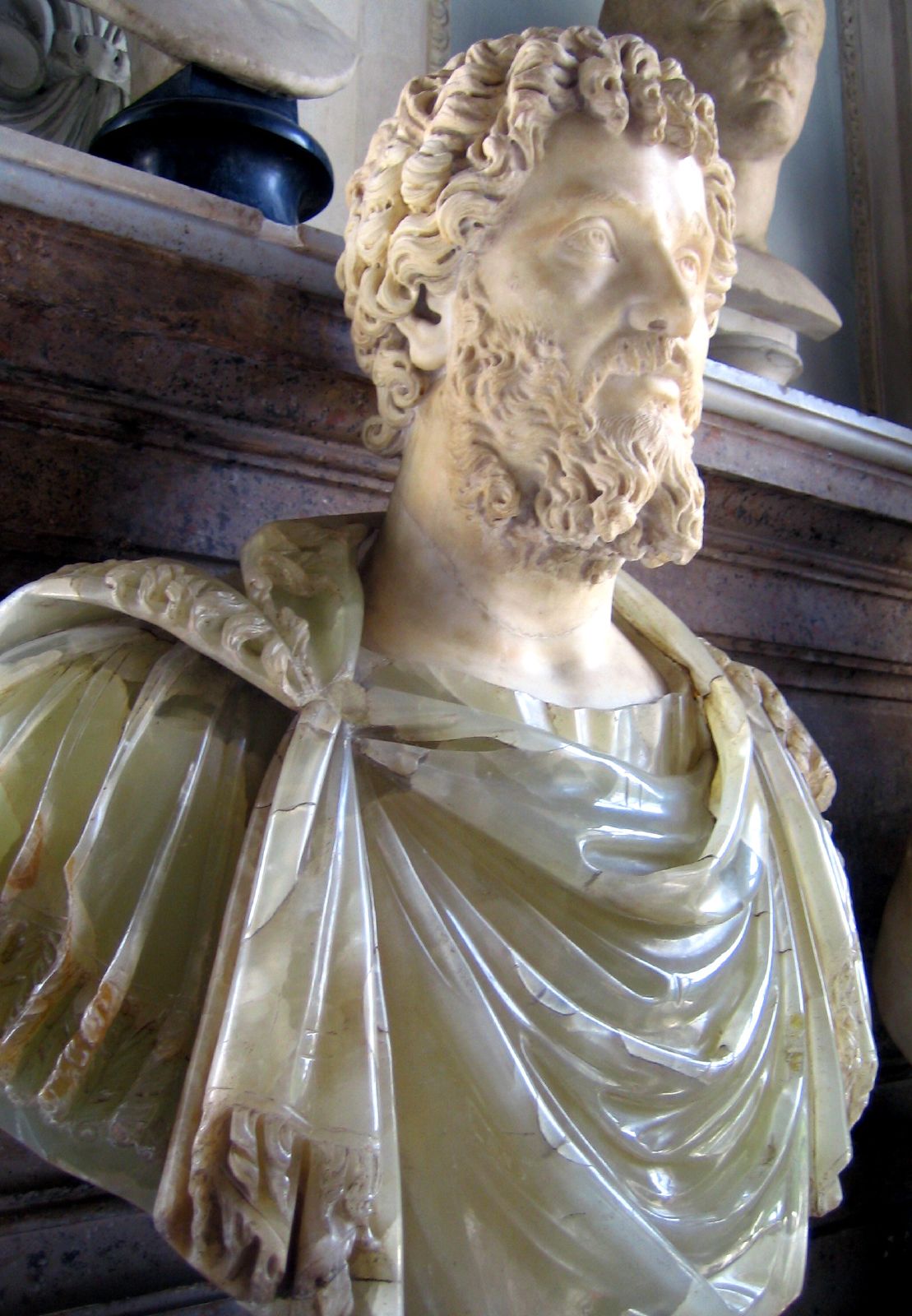


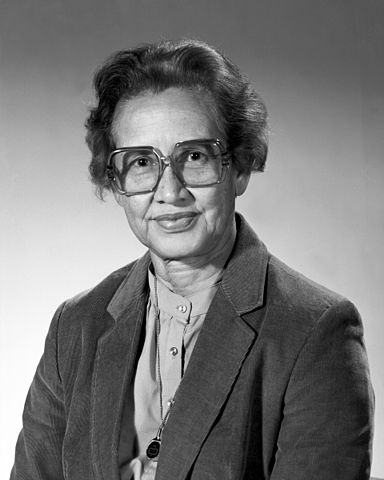
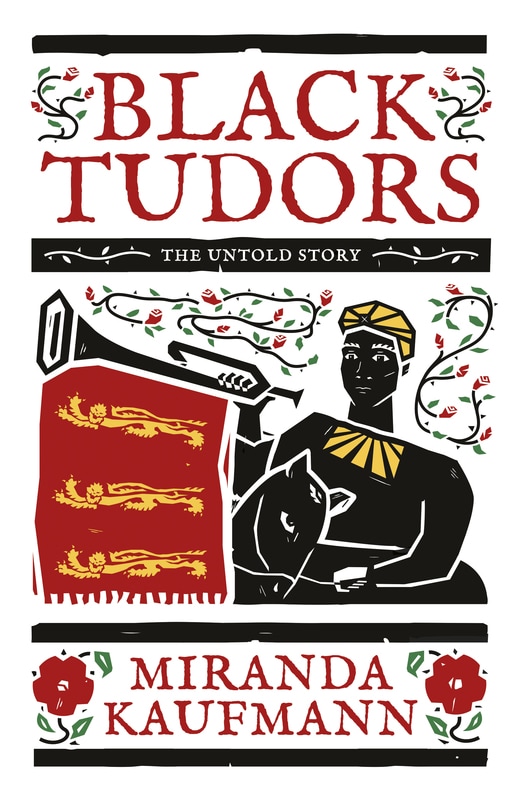
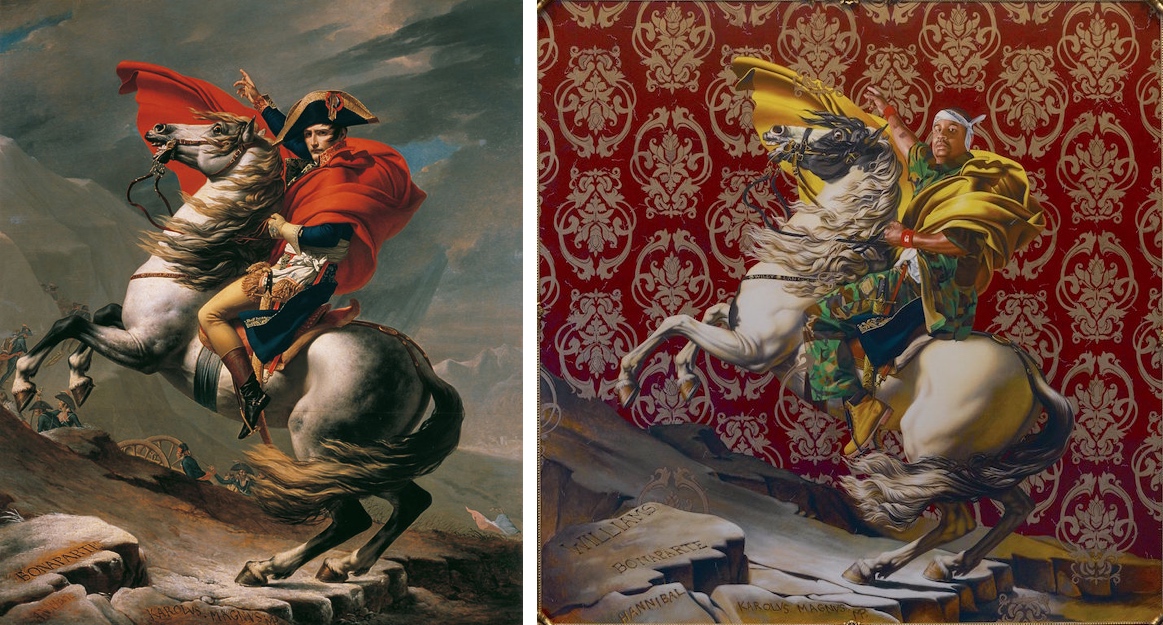 Great White art appropriated by the anti-White Black Wiley Kehinde (image from
Great White art appropriated by the anti-White Black Wiley Kehinde (image from 